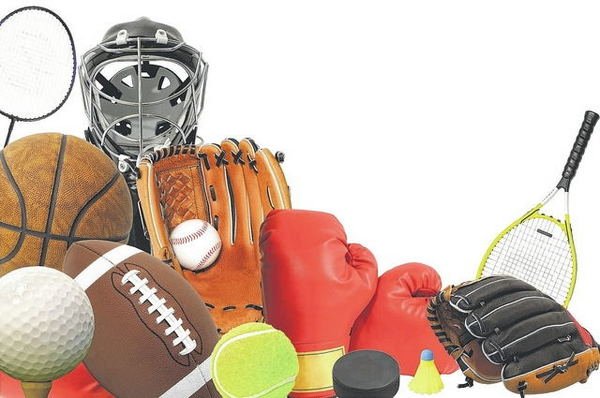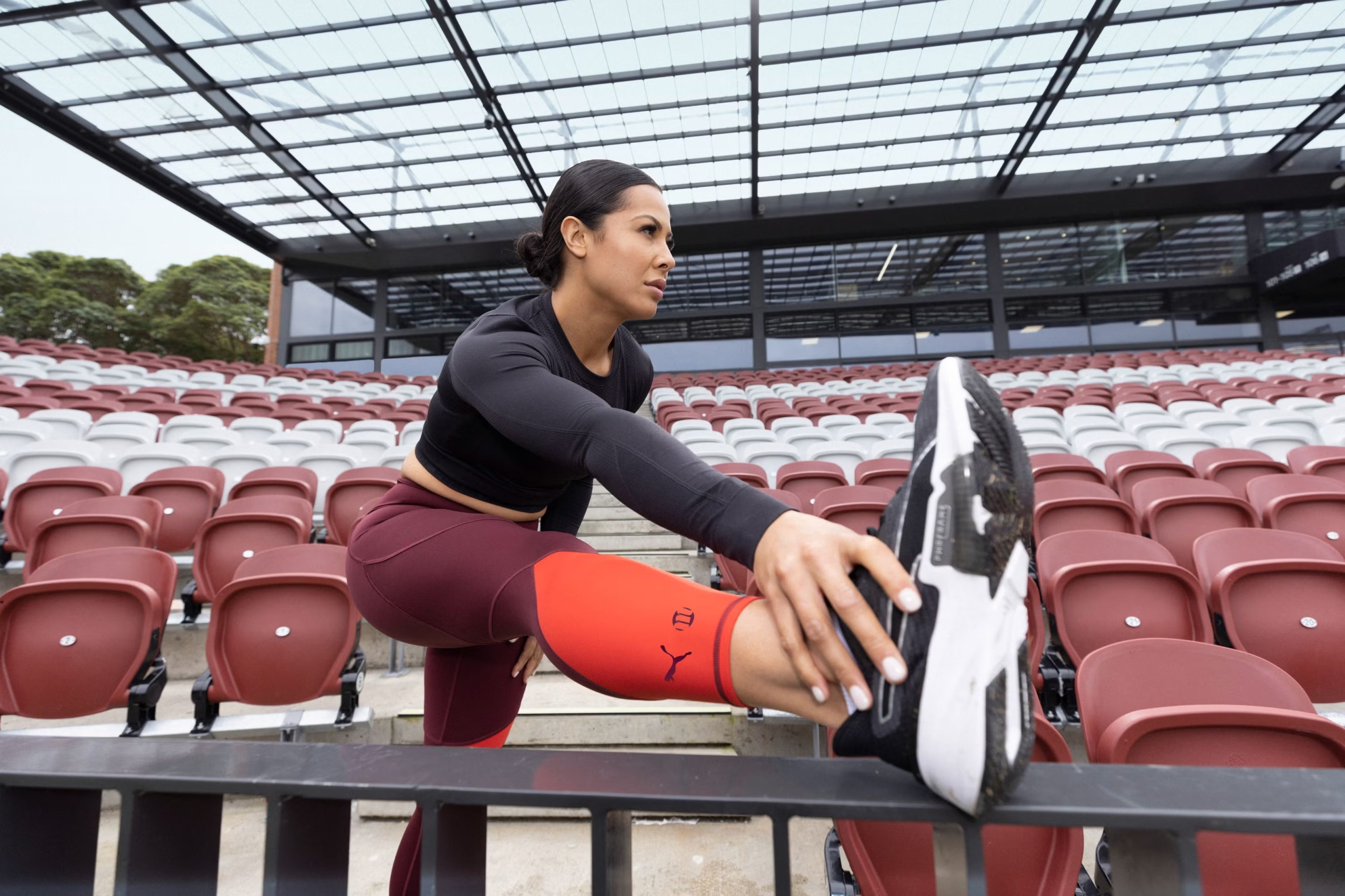Hey there, fellow mover and shaker. Remember that time I laced up my old cotton gym shorts for a casual jog and ended up feeling like I’d jumped into a soggy towel by mile two? Yeah, that was the wake-up call that turned me into a bit of a sportswear geek. Over the years, as someone who’s coached weekend warriors and chased personal bests on trails and tracks, I’ve learned that the right gear isn’t just about looking sharp—it’s about feeling unstoppable. In this deep dive, we’ll unpack the world of sportswear, from the science behind its sweat-wicking magic to the fabrics that make it all happen. Whether you’re gearing up for a marathon or just want clothes that transition from spin class to coffee run, let’s get into what makes this stuff tick.
What Is Sportswear, Anyway?
Sportswear, at its core, is any clothing designed to handle the demands of physical activity—think everything from running tanks to yoga pants that hug just right. It’s evolved way beyond baggy tees and stiff jerseys into a blend of performance tech and street style. What sets it apart? It’s engineered for movement, not just modesty.
Back in my early running days, I stuck with whatever was on sale, but a switch to proper sportswear shaved minutes off my times and kept chafing at bay. Today, with athleisure booming, it’s as much about all-day comfort as peak-hour sweat sessions.
Key Properties of Sportswear
Sportswear shines through properties like breathability and durability that keep you cool under pressure—literally. These aren’t bells and whistles; they’re the backbone of gear that lets you push limits without distractions.
I’ve tested this firsthand during humid summer bootcamps, where fabrics that trap heat turn fun into frustration. The best pieces balance lightness with toughness, ensuring they hold up wash after wash.
Breathability and Moisture Management
Breathability means air flows freely, while moisture management pulls sweat away so you stay dry. It’s the duo that prevents that clammy feeling mid-workout.
Picture this: You’re crushing a HIIT class, and your top wicks sweat like a pro—suddenly, you’re focused, not fidgeting. Poor versions leave you soggy; great ones, like those with micro-channels, feel like a second skin.
Durability and Stretch
Durability handles abrasion from trails or turf, and stretch allows full range without restriction. Together, they make gear reliable for repeated abuse.
I once tore a seam on cheap shorts during a squat set—lesson learned. High-quality blends bounce back, reducing injury risk by supporting natural motion.
Thermal Regulation and UV Protection
Thermal regulation keeps body temp steady, cooling in heat or insulating in cold, while UV protection shields skin from rays during outdoor sessions.
On a scorching bike ride, UV-infused fabrics saved my hide from burns. It’s not just comfort; it’s smart defense against environmental hits.
Functions of Sportswear: Beyond the Basics
Functions in sportswear go deeper than looking good—they enhance performance, protect, and even motivate. From compression to cooling, each serves a purpose in optimizing your body’s response to effort.
That emotional lift when your gear fits like it was made for you? It’s real. I’ve seen it transform hesitant beginners into confident athletes, one functional layer at a time.
Performance Enhancement
Performance functions like compression improve circulation, reducing fatigue and boosting endurance. It’s subtle science that adds up over miles.
During a half-marathon training block, my compression socks cut leg swell—suddenly, recovery felt effortless, and my pace held steady.
Protection and Safety
Protection covers impact resistance in contact sports or windproofing for cyclists. Safety features like reflective strips ensure visibility at dawn or dusk.
Coaching soccer, I’ve insisted on padded shorts; one nasty slide later, and everyone gets it—no one wants a hospital detour after practice.
Comfort and Psychological Boost
Comfort functions ease irritation, while aesthetics provide that mental edge—like slipping into favorites that make you feel invincible.
Humor me: Ever strut into the gym in head-to-toe black and feel like a secret agent? That vibe? It’s psychological fuel, turning “meh” workouts into triumphs.
Types of Sportswear: Tailored for Every Hustle
Types vary by sport, from streamlined swimwear to layered winter kits. Each category tweaks design for specific demands, like aerodynamics or flexibility.
Exploring these feels like customizing your adventure. My go-to running set differs wildly from trail gear—it’s all about matching the motion to the moment.
Base Layers and Compression Wear
Base layers wick moisture close to skin; compression wear supports muscles for better output and recovery.
These are my unsung heroes for long runs—hug your form without squeezing the life out.
Outer Layers and Protective Gear
Outer layers block elements; protective gear like helmets or pads shields from impacts in high-risk sports.
A rainy trail run in a breathable shell? Game-changer. No more soggy defeat.
Footwear and Accessories
Footwear absorbs shock; accessories like hats or gloves add targeted utility.
Blisters from bad shoes? Been there. The right pair turns miles into joyrides.
Raw Materials in Sportswear: The Building Blocks
Raw materials range from synthetics like polyester to naturals like merino wool, each bringing unique traits to the table. Selection hinges on the sport’s needs—quick-dry for swimmers, insulating for skiers.
Sourcing these has gotten greener, with recycled options rising. It’s heartening to see innovation that doesn’t trash the planet.
Synthetic Fibers: Powerhouses of Performance
Synthetics dominate for their engineered perks, like rapid drying and shape retention.
They’re the workhorses I’ve relied on for decades—affordable, tough, and oh-so-reliable.
Polyester: The Versatile Staple
Polyester excels in wicking and affordability, forming the base for most activewear.
It’s everywhere for a reason; my first marathon kit was poly-blend, and it outlasted expectations.
Nylon: Tough and Quick-Dry
Nylon brings abrasion resistance and fast evaporation, ideal for rugged use.
Hiking in nylon pants? They shrug off snags like pros—saved my butt on thorny paths.
Spandex (Elastane): The Stretch Star
Spandex delivers 4-way stretch for unrestricted flow, blended for flexibility.
Yoga without it? Forget fluid poses. It’s the secret to that “I own this” feel.
Natural and Blended Fibers: Eco-Meets-Efficacy
Naturals offer breathability; blends merge them with synthetics for hybrid wins.
The earthy appeal draws me in—sustainable without sacrificing sweat-handling savvy.
Cotton: Soft but Soaky
Cotton soothes with softness but holds moisture, better for low-intensity vibes.
Casual walks in cotton tees? Bliss. Intense sessions? It turns into a sponge—lesson from my rookie days.
Merino Wool: Nature’s Thermostat
Merino regulates temp and fights odor naturally, perfect for variable climates.
A wool base layer on chilly runs? Magic—no itch, just cozy control.
Bamboo and Tencel: The Green Guardians
Bamboo wicks softly; Tencel (lyocell) absorbs sustainably from wood pulp.
Eco-warrior at heart, I love how these feel luxe while lightening my footprint.
Comparing Raw Materials: Which Wins for Your Workout?
To cut through the choices, here’s a side-by-side on popular materials. Factors like cost and eco-impact matter as much as performance.
This table’s my cheat sheet for gear swaps—helps match fabric to fitness goals without guesswork.
| Material | Pros | Cons | Best For | Cost (per yard, approx.) |
|---|---|---|---|---|
| Polyester | Durable, wicks moisture, cheap | Can pill, less breathable | Running, gym basics | $5-8 |
| Nylon | Abrasion-resistant, quick-dry | Stiff if not blended | Hiking, cycling | $6-10 |
| Spandex | High stretch, recovery | Heat-retaining in humidity | Yoga, compression | $8-12 (blended) |
| Cotton | Soft, hypoallergenic | Absorbs sweat, slow-dry | Casual activewear | $4-7 |
| Merino Wool | Temp-regulating, odor-resistant | Pricey, needs care | Layering, outdoors | $15-25 |
| Bamboo/Tencel | Eco-friendly, silky soft | Weaker durability | Eco-conscious yoga | $10-15 |
Pros and Cons: Picking Your Fabric Match
No fabric’s perfect—it’s about trade-offs. Synthetics rule high-performance; naturals win comfort crowns.
I’ve juggled these in kits over years; knowing upsides (like poly’s wallet-friendliness) and pitfalls (nylon’s occasional stiffness) keeps regrets low.
- Polyester Pros: Budget king, UV-stable, shape-holds. Cons: Static-prone, eco-heavy footprint.
- Nylon Pros: Wind/water-resistant, strong. Cons: Yellows with sun, less soft.
- Spandex Pros: Freedom of motion, supportive. Cons: Shrinks if overheated, clings in sweat.
- Cotton Pros: Everyday comfy, affordable. Cons: Heavy when wet, shrinks easy.
- Merino Pros: All-season versatility, natural antimicrobial. Cons: Delicate wash, higher cost.
- Bamboo Pros: Hypoallergenic, sustainable source. Cons: Processes vary in green cred.
Where to Get Quality Sportswear Materials and Brands
Hunting raw materials? Suppliers like Mood Fabrics stock synthetics galore; for finished gear, hit REI for tested picks. Online hubs like Fabric.com blend options.
For brands, 2025’s standouts include Nike for innovation and Lululemon for luxe feel—check their sites for drops. Local fabric stores offer samples; I’ve scored gems at markets for custom tweaks.
Best Sportswear Picks for 2025: Tools for Your Toolkit
Transactional intent? Here’s curated recs for top performers. These aren’t fluff—they’re vetted for real sweat equity.
- Budget Beast: Old Navy’s active line—moisture-wicking sets under $50, great entry point.
- Premium Power: On Running’s Cloud series—cushioned shoes blending style and speed.
- Eco Elite: Girlfriend Collective’s recycled poly leggings—sustainable stretch without compromise.
- Versatile Vibe: Athleta’s Elation line—breathable for yoga or errands.
People Also Ask: Real Questions from the Sweat Set
Google’s “People Also Ask” pulls from everyday searches—here’s a roundup tailored to sportswear curiosities, answered with on-point insights.
What is the best fabric for sportswear?
Polyester blends top the list for wicking and durability, but merino wool edges it for odor control in long hauls. It depends on your sport—stretchy spandex for yoga, rugged nylon for trails.
What are the properties of sportswear fabric?
Key ones include moisture-wicking, breathability, stretch, and UV resistance. These keep you dry, mobile, and protected, turning potential discomfort into dialed-in performance.
What are the raw materials of sportswear?
Mostly synthetics like polyester and nylon, plus naturals such as cotton or wool. Blends rule for balancing eco-friendliness with function—recycled versions are surging in 2025.
What is the function of sportswear?
Primarily to enhance comfort, safety, and efficiency during activity. From reducing drag in races to insulating against cold, it’s gear that amplifies your body’s natural flow.
Is cotton good for sportswear?
It’s soft and breathable for light use, but absorbs sweat like a champ—er, sponge. Better for post-workout lounging than intense sessions; synthetics outperform for high-output.
FAQ: Your Sportswear Queries, Cracked Open
Drawing from common user searches, these tackle lingering doubts with straightforward wisdom.
Q: How do I choose sportswear for hot weather?
A: Prioritize lightweight, moisture-wicking synthetics like polyester or bamboo blends. Look for mesh panels for extra airflow—I’ve ditched heavy cottons forever after one brutal summer 10K.
Q: Are sustainable raw materials worth the extra cost in sportswear?
A: Absolutely, if longevity matters. Recycled polyester matches virgin stuff in performance but cuts waste—brands like Patagonia prove it’s a win for wallet and world.
Q: What’s the difference between activewear and sportswear fabrics?
A: Activewear leans casual-comfy (think cotton blends for errands), while sportswear amps performance (synthetics for sweat-heavy sports). Overlap’s huge, but intent sets them apart.
Q: Can natural fibers like wool handle intense workouts?
A: Merino can—it’s temp-smart and anti-stink. Pair with synthetics for best results; pure wool shines in cooler climes but might overheat in sprints.
Q: How often should I replace sportswear based on material?
A: Synthetics last 6-12 months with heavy use; naturals like cotton fade faster (3-6 months). Watch for pilling or lost stretch—my rule: If it smells funky post-wash, it’s toast.
Whew, we’ve covered a lot of ground—from fabric fibers to feel-good fits. Sportswear’s not just clothes; it’s your silent coach, pushing you further with every stride. What’s your go-to piece that changed the game? Drop a note—I’d love to hear. Now go lace up and own that next session. You’ve got this.



